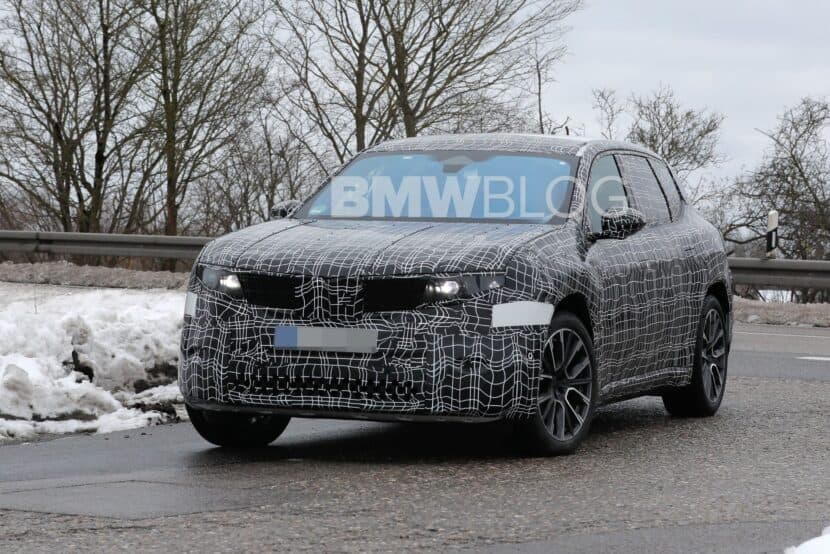BMW is set to unveil their inaugural model based on the “Neue Klasse” platform this year – the iX3. Representing the second generation and an electric iteration of the popular X3, this model markedly diverges from its predecessor, which was essentially a modified version of the gasoline-powered X3. Key distinctions include its construction on an EV-exclusive platform which brings major advantages in the overall packaging of components. Additionally, future BMW EVs will adopt the Gen6 technology for batteries and motors, offering several benefits including improved range. According to speculation, the 2025 BMW iX3 may feature various battery pack sizes, resulting in different electric ranges. The apex of the iX3 lineup is anticipated to offer an electric range between 700-800 km on the WLTP cycle. Of course, the more stringent EPA rating will be lower, but still significantly higher than the BMW iX, for example.
Gen6 – More Range, Better Charging Times
The rumor comes as no surprise considering BMW has already touted at 30 percent range increase over the current Gen 5 battery packs. Currently, the BMW i4 eDrive40 is rated in the high 500 km range (WLTP) with some testers reaching a range as high as 650 km (highway driving). The current BMW iX3 – which is not the most efficient EV – can deliver up to 460 km of range (WLTP). So the range increase will be quits significant on the Neue Klasse models.
The NA5 BMW iX3 might encompass variants with a single rear motor, dual motors, short and long-range variants, and of course, an M Performance all-wheel-drive. Naturally, each one of these variants will come with their own power outputs and torque levels. As you’d expect, BMW will most likely balance the power to range distribution to offer the best of both worlds.
800V Architecture
Of course, there is a lot more to the new BMW iX3 than the range and power.. It will also feature faster charging times. Using “pack-to-chassis” design, BMW said it can reduce charging times by as much as 30%, thanks also to the use of a new 800-volt architecture. The implementation of an 800v architecture is essential for multiple reasons. It facilitates reduced heat generation and enables the use of thinner wiring, which cuts down on both cost and weight. This is similar to the rationale behind large retail stores operating their lighting systems at 480 VAC. Additionally, this architecture allows for quicker recharging and an extended range. Moreover, the adoption of 800v architecture is crucial as 800v level 3 chargers are poised to become the standard in the near future.
Phygital Design
Design wise, the BMW iX3 will bring the first-ever “phygital styling.” This is essentially a combination of digital and physical design elements. The recently unveiled BMW Vision Neue Klasse revealed some of these styling choices. If the Vision Neue Klasse is any indication, the infotainment system will be even larger than the current 14.9-inch screens used by BMW and will be repositioned in the center of the dashboard. BMW will further embrace the “less is more” approach by eliminating most traditional controls. The iDrive controller will be deleted , but some haptic buttons on the steering wheel are planned. Everything else will be accessible from the touchscreen.
As we approach its market launch in late 2025, we expect to learn a lot more about the technology in the new BMW iX3 (NA5). And very soon we will also see its final design language. Later this year, BMW will also reveal the G45 BMW X3 which will continue to use the flexible CLAR archicture. While the BMW iX3 will be built in Debrecen, Hungary, the G45 X3 will join the production line in Spartanburg, South Carolina.








































































